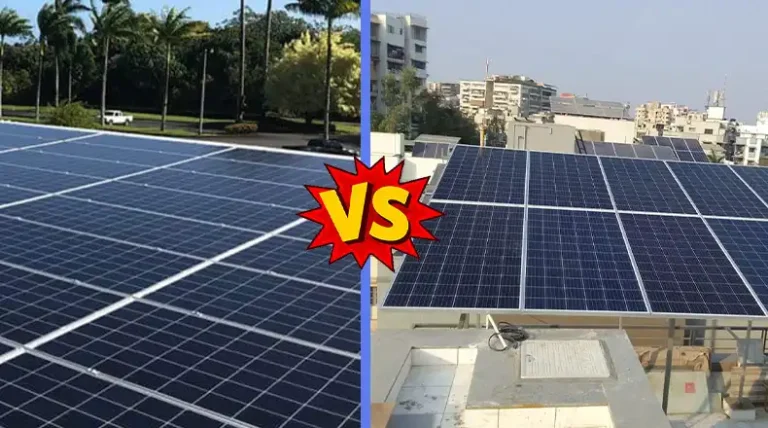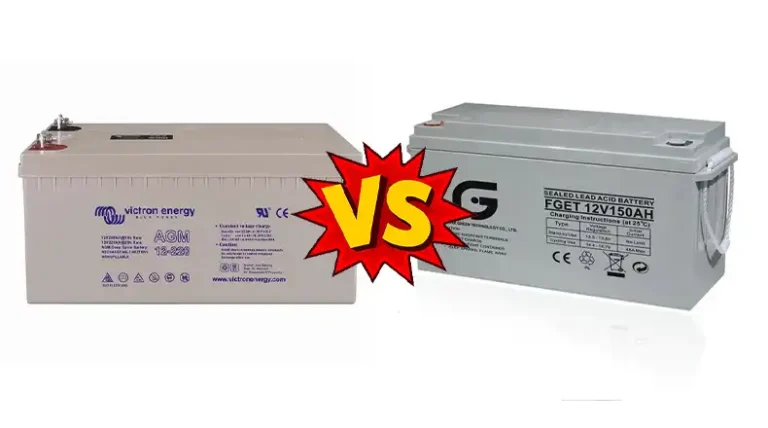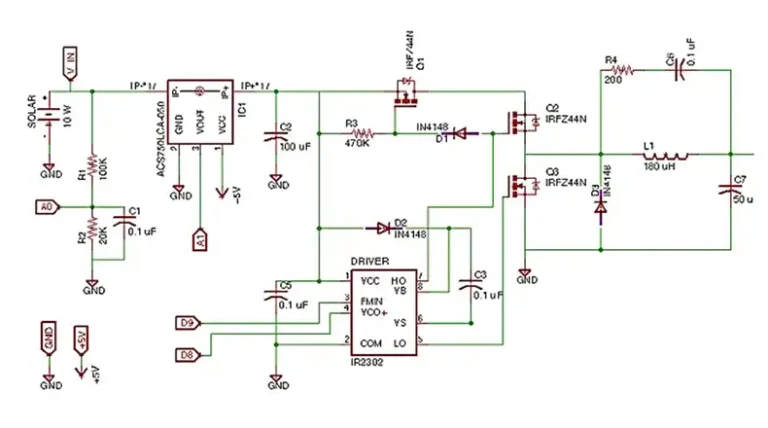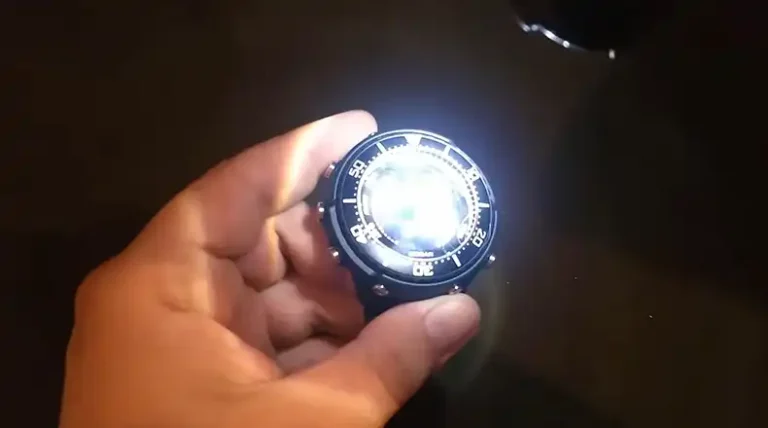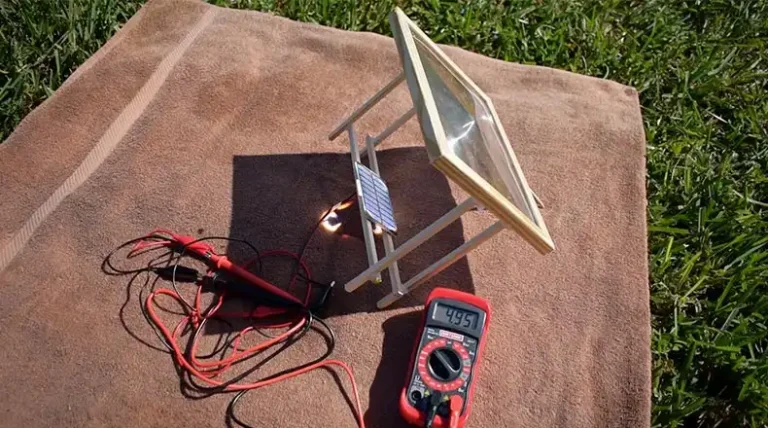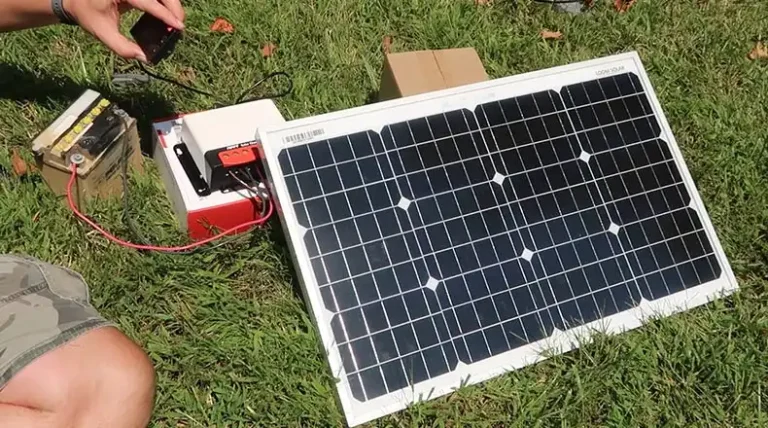Solar Charge Controller Settings for LiFePO4 Batteries | How to Configure
With the widespread adaptation of solar energy sources like solar panels, lithium iron phosphate batteries have gained much popularity as well. They offer many advantages that include high energy density, longer cycle life than regular batteries as well as efficient utilization of energy.
However, to get the most out of your solar batteries, it is important to configure the solar charge controller accordingly, which we are going to explain in this article. So read on to learn more about the recommended settings for charging LiFePO4 batteries using your solar panels.
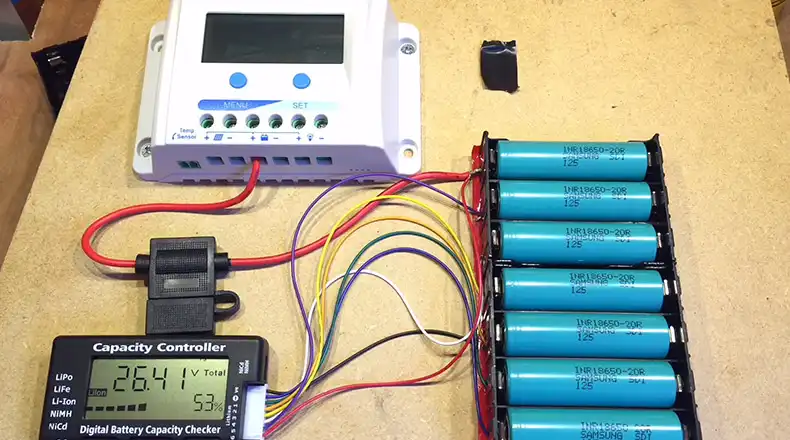
LiFePO4 Battery Solar Charge Controller Settings
LiFePO4 batteries, a type of lithium-ion battery, have become synonymous with reliable and safe energy storage solutions. Unlike traditional lead-acid batteries, LiFePO4 batteries don’t suffer from issues like sulfation or memory effect. To ensure these batteries perform optimally and enjoy a long service life, precise charge controller settings are essential.
1. Voltage Settings
There are two types of voltage settings, bulk voltage, and float voltage. Set them as described below.
(a) Bulk or Absorption Voltage
Set the bulk or absorption voltage to around 3.45 – 3.6 volts per cell (13.8 – 14.4V for a 12V system). This voltage range provides efficient charging without causing overvoltage concerns.
(b) Float Voltage
LiFePO4 batteries do not require a float voltage. You can set the float voltage to the same level as the bulk voltage or disable it entirely.
2. Charge Current
Compared to traditional lead-acid batteries, LiFePO4 batteries can handle higher charge currents. Select a charge current that aligns with your battery manufacturer’s recommendations. Beware that higher currents can expedite charging. So, ensure you stay within the battery’s specified limits to avoid any negative effects.
3. Temperature Compensation
For temperature compensation, use a basic fixed temperature compensation if you can. Keep your local climate condition in mind. LiFePO4 batteries are less sensitive to temperature ups and downs than traditional lead-acid batteries. So, any basic fixed setting is fine if your controller offers any.
4. Equalization and Desulfation
This is another advantage of LiFePO4 batteries. They do not require equalization or desulfation processes. So, disable these features on your charge controller, as they are not relevant to your LiFePO4 battery chemistry.
5. Low Voltage Disconnect (LVD) and Over-Discharge Protection
One of the things you should be careful about is low voltage protection, because LiFePO4 batteries can be discharged to lower voltages compared to lead-acid batteries. So set the low voltage disconnect (LVD) to a level that ensures safe operation without harming the battery. Consult your battery manufacturer’s guidelines for recommended minimum voltage levels.
6. Absorption Time
Another great thing about LiFePO4 batteries is that they don’t need lengthy absorption phases. So, you can shorten the absorption time, or eliminate it altogether if you want. The battery voltage will naturally stabilize around the set voltage level.
7. Additional Settings and Presets
Some charge controllers offer presets for different battery types. If your controller has a LiFePO4 preset, use it as a starting point, but adjust the settings based on your battery manufacturer’s specifications. Specified manufacturer’s settings are more important than the presets you find on the internet.
FAQs (Frequently Asked Questions and Answers)
What is the life cycle of the LiFePO4 battery?
On average, LiFePO4 batteries can last for more than 2000 charge cycles. But that’s if you discharge it to 100 percent. If you discharge it to 30 percent or less, you can significantly increase the life cycle.
Can you store LiFePO4 at 100%?
Yes, you can charge and store LiFePO4 batteries at 100 percent without any issues.
Final Thoughts
Configuring your solar charge controller correctly is important when charging LiFePO4 batteries with solar panels. The right settings ensure efficient energy utilization, extend battery life and prevent potential damage. Always consult your battery manufacturer’s guidelines and your charge controller’s documentation to tailor the settings to your specific setup. By understanding the nuances of LiFePO4 batteries and fine-tuning your charge controller, you can create a reliable and high-performance solar energy storage system that makes the most of this advanced battery technology.

